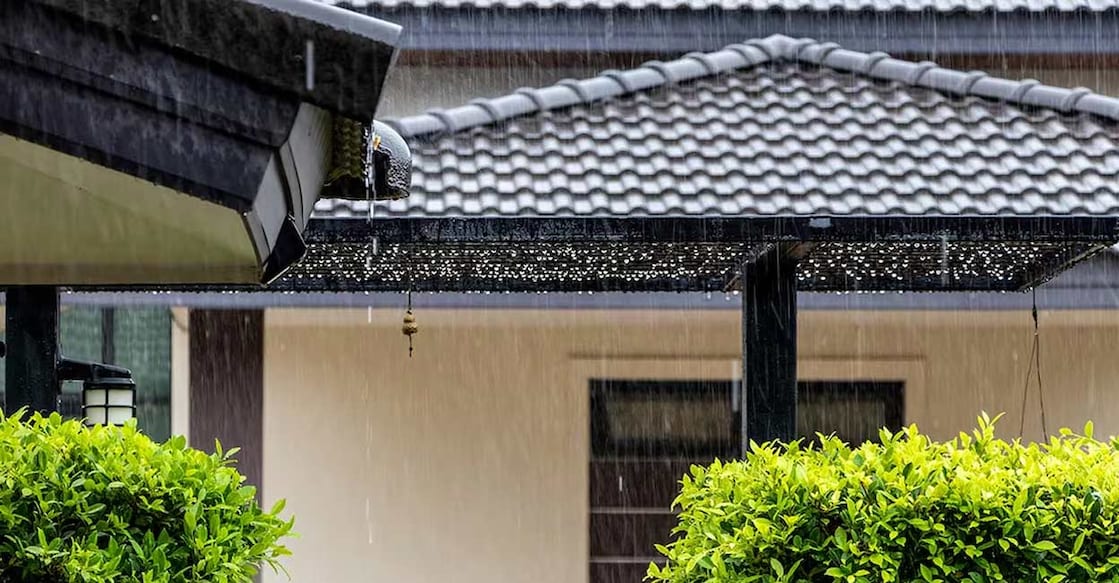Home design: How to enjoy rain from the sit-outs without getting drenched

Mail This Article
Imagine enjoying the monsoon in the cozy comfort of your sit-out. Rosy as it may seem, this is a spectacle not many can relish in real life. Because, when it rains the sit-outs in most homes now a days get drenched–These places are not designed to ward off rains. Sit-outs, or poomukham as it is called in Kerala, are not designed to have a romantic view of rains - in fact, it is now designed just as a place to rest when there is no rain.
If you need to enjoy the rains without getting drenched, you need to make a provision of at least 2 metres of shade. Now, that doesn’t suit the practical aspects of modern-day house construction. Especially, since homes are now carved out of three or four cents, and making a shade for the purpose.
If a shade is built on two feet, even the windows may not survive as rains will lash them and the wood will deteriorate. Moisture will seep into the crevices of the walls and the outer coating would rust. This happens in many places. Considering that this is the state-of-affairs, it doesn’t bode well just to troll contemporaries?
Actually, why should the buck stop at contemporaries? When each fashion statement creates the buzz, people just become consumers but do not necessarily have a say in the evolution of the design or its tweaks. Not only our homes, but the dress we wear, our vehicles and anything that is available kin the market will vouch for this limited role of the consumer from its design, during its evolution.
The fact is that only if this is the case, then only a product has its market. Because for most products, the looks are vital. If impressive looks are absent, it will not have a market as well as utility value. Perhaps, these are the reasons why not only owners but also designers are keen to provide a distinct style to homes.
Homes are not meant to stay alone, at times it may have to be put on sale too. When such a scenario arises, the outward look of your dwelling would be a key factor to set a benchmark price. Some people make it a point to stick to Vaastu due to this. So due to a host of such factors, the design concepts of modern homes have transformed dramatically.
The motto seems to be the more the money, the houses will look more swanky. As the money earmarked for homes shrink, the looks also take a hit. That is a structural law. But some designers think out of the box, in this mad rush to convert money to looks. They embrace the concept of minimalism in building homes.
Under this concept, the vertical and horizontal surfaces would be kept as empty as possible while constructing homes. When projections and furniture are kept to a minimum, it provides a more spacious intent. To boost the outer appearance of homes, even shades are done away with. In some cases, slender shades are also deployed. But these cannot withstand the rains.
The fallout is that for each rainy season, when the walls get drenched and crevices are filled with water or moisture, you need to allocate a substantial amount of money for maintenance work. This becomes a burden.
To pre-empt this, you need to just take two precautions. Avoid windows made of wood and construct shades in such a way that the walls are not soaked in rain. This ain’t rocket science–only that the client and the designer should reach a consensus to achieve this.

